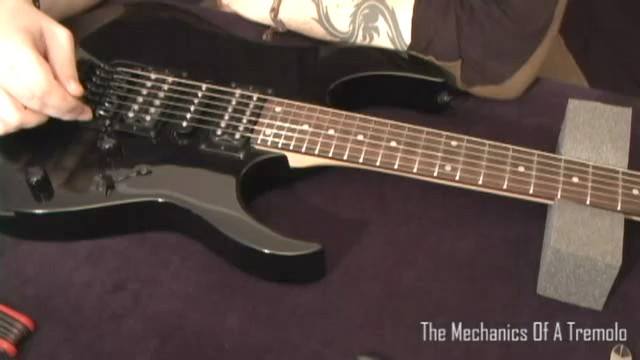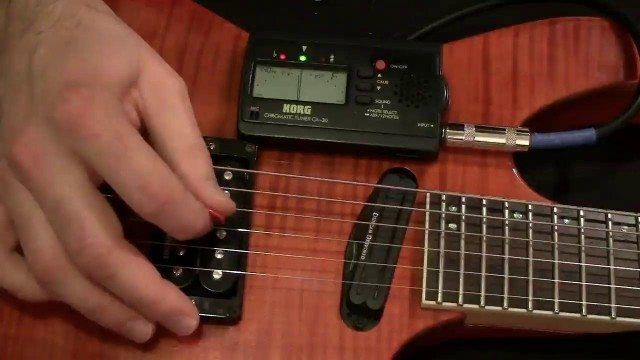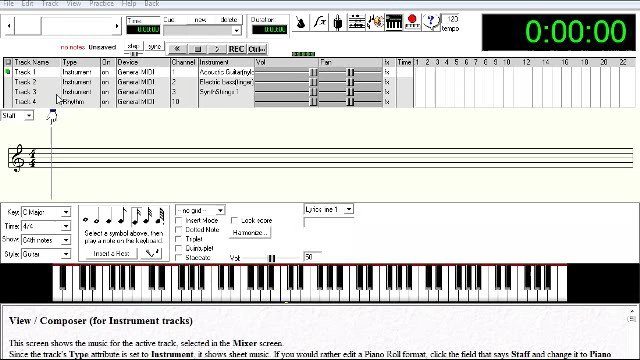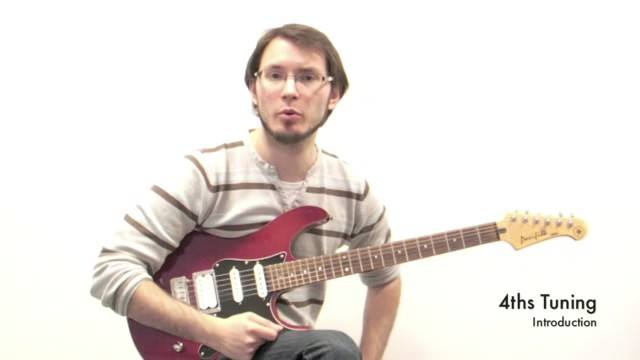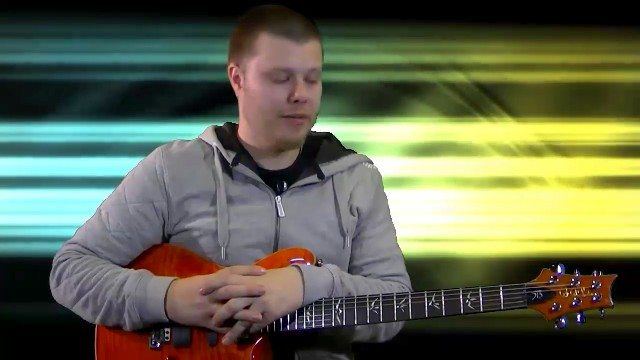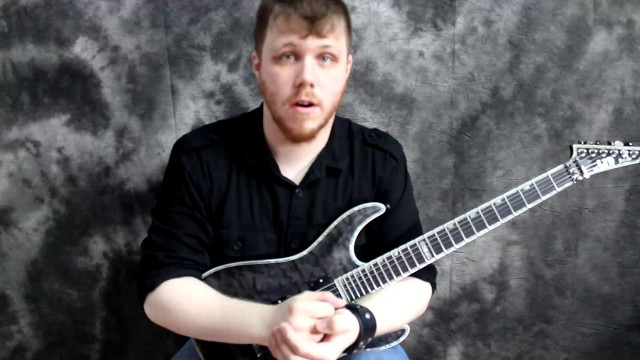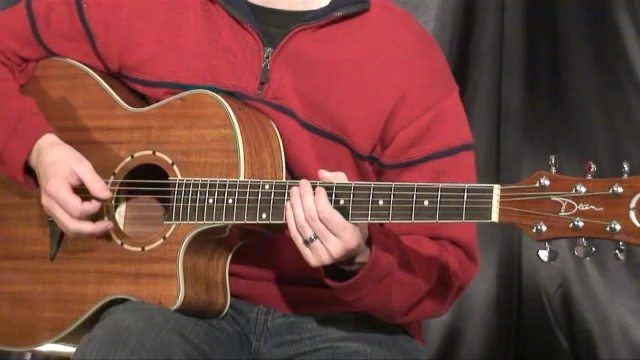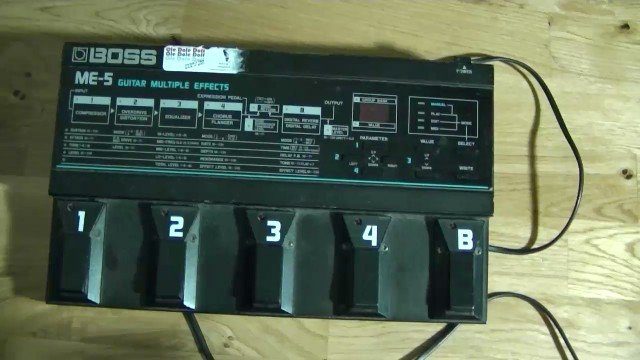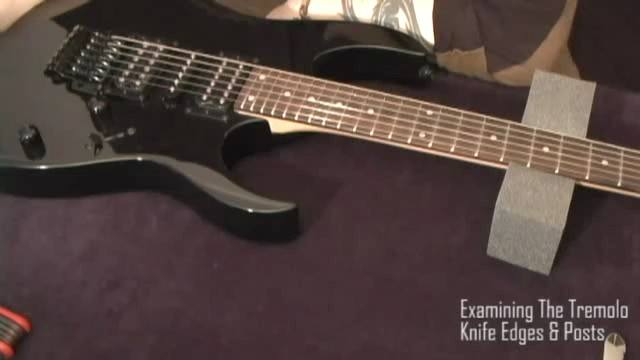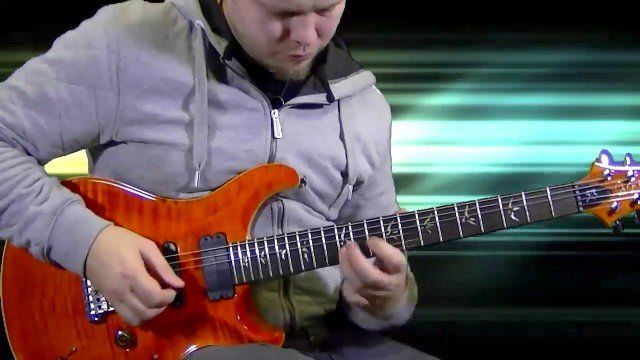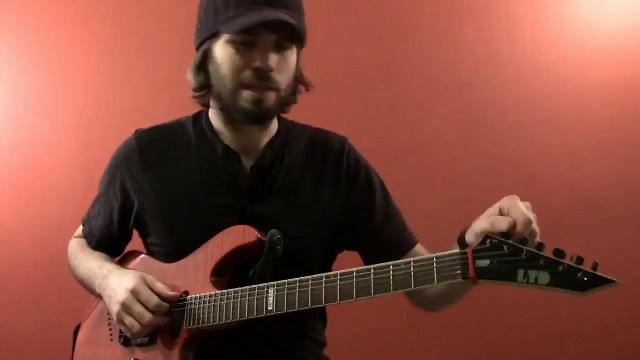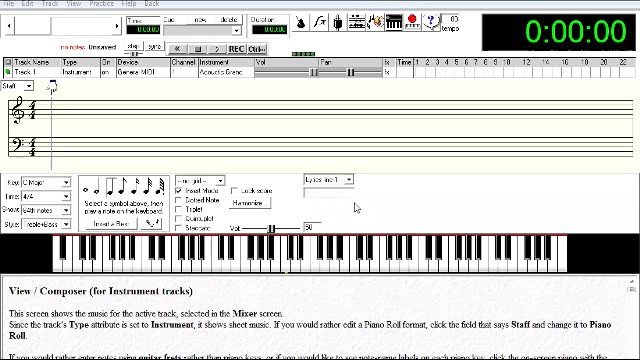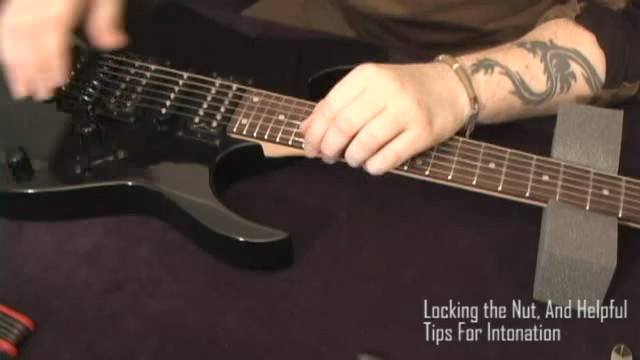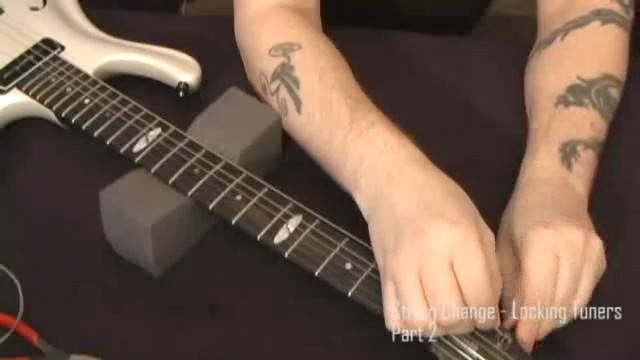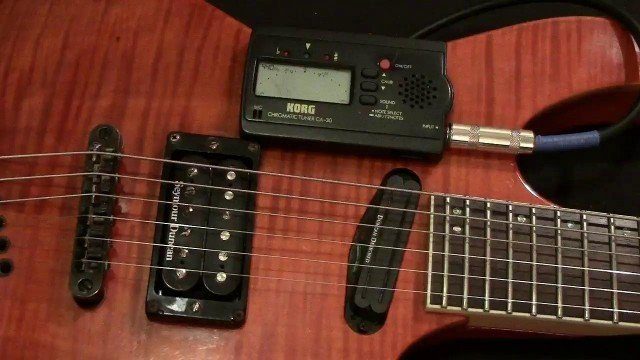Okay, so as an example we can take a Cmajor Triad. If we play this on the A, D and G strings we get a triad composed from the notes C, E and G played at the 3rd fret of the A string. If we take this shape up an octave and play it at the 10th fret of the D string in standard tuning, our shape changes even though the notes are the same.
In 4ths tuning the shape is the same making the visualization process much easier when improvising.
Below I've mapped out a C major scale, triad and C major arpeggio on the neck in 4ths tuning in order to show you the shape consistency.
There are however, some distinct disadvantages to this tuning. Try playing any open string chord shapes or barre chords and you'll soon realize that they no longer work. This can be compensated for but a lot of very nice chord voicings are no longer playable or become much harder to play. However, this works both ways and we also get access to some great new voicing too.
We can compensate for many of the open string chords too and for the improvising musician this tuning offers many great advantages.





